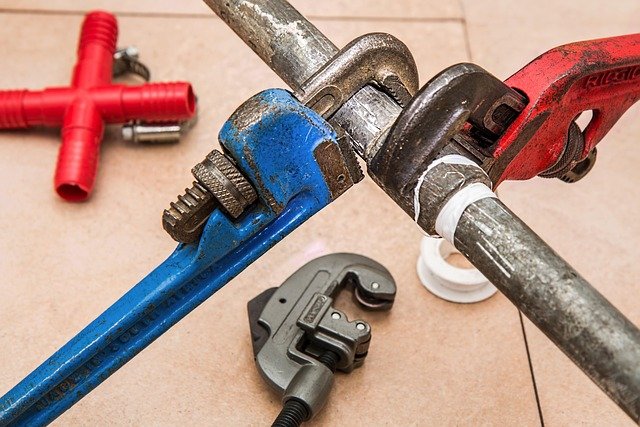Step-by-step method to locate and seal duct leaks with household tools
Locating and sealing duct leaks can improve comfort and reduce energy waste. This concise guide outlines practical, safe steps you can perform with common household tools to find leaks in ductwork and apply temporary or semi-permanent seals that reduce airflow loss and improve diagnostics.

Duct leaks often reduce system efficiency and make rooms unevenly heated or cooled. Before starting, note the location of duct runs relative to your furnace or boiler and accessible vents. A basic inspection and a few household tools—flashlight, incense stick or smoke pen, soapy water in a spray bottle, gloves, and foil tape—allow reliable diagnostics and straightforward sealing in many situations. Make sure your thermostat is set to the system mode you want to test and have air filters clean so results reflect true airflow behavior.
Inspecting ductwork for leaks
Begin at visible duct joints, seams, and connections near the furnace plenum, boots at floor or wall registers, and any flexible duct transitions. With the system running on a fan setting, feel for air movement around seams and use your hand (not fingers near hot surfaces) to sense drafts. Look for areas with accumulated dust or soot, which can indicate consistent leaks. Mark suspicious spots with a washable marker. Inspecting ductwork above ceilings or in crawlspaces may need a flashlight and a partner for safety — always ensure safe access and good venting while working near combustion appliances.
Simple diagnostics with household tools
Use an incense stick, smoke pen, or thin ribbon of tissue to help visualize leaks: move it slowly along seams and around boots while the blower runs; persistent drift or sudden puffs indicate leakage. A more quantitative check is the soapy water test: spray a light film over seams and watch for bubbles that form under pressure. Take note of how leaks change when the thermostat cycles or when registers are opened and closed—this helps with airflow balancing and diagnostics. Record locations and relative size to plan sealing materials.
Sealing methods using common materials
For small gaps and seams, aluminum foil tape (UL-approved HVAC foil tape) and mastic sealant are common choices. Clean surfaces of dust and soot before applying tape; smooth it firmly to avoid wrinkles. For flexible ducts, use metal clamps plus foil tape rather than cloth-backed duct tapes, which degrade. Mastic applied with a brush can fill larger gaps and lasts longer; allow it to cure per product instructions. Avoid permanent closures that might interfere with venting or combustion appliance drafts. Keep the sealing work neat to maintain good airflow and ease future diagnostics.
Safety, combustion, and venting checks
When working near a furnace or boiler, prioritize combustion and venting safety. Do not close combustion-air passages or block venting while testing ducts. If ducts run near flues or combustion appliances, soot or unusual odors around seams can signal improper venting or combustion issues requiring a qualified technician. Turn off gas or fuel-fed equipment before accessing components that require internal inspection. Always maintain clearance from hot surfaces and secure panels; if you detect carbon monoxide alarms or significant soot, stop and arrange professional diagnostics immediately.
How leaks affect furnace, boiler, and system efficiency
Leaks increase the workload on your furnace or boiler by forcing the blower to move more air to reach set thermostat temperatures, raising energy use while reducing comfort. Reduced airflow can impact thermostat response and temperature calibration, and clogged or old filters worsen conditions, leading to incomplete combustion signals or increased soot. Sealing ducts improves airflow balance, can reduce energy waste, and helps system controls and diagnostics reflect true performance. After sealing, monitor thermostat behavior and room temperatures to confirm improved consistency.
Maintenance: filters, lubrication, calibration, and scheduling
Regular maintenance complements duct sealing. Replace or clean filters on schedule to preserve airflow and reduce dust that hides leaks. Lubricate blower bearings if applicable, and ensure thermostat calibration is accurate so system cycles as intended. Keep a maintenance schedule for periodic diagnostics—seasonal checks before heavy heating or cooling periods help catch new leaks early. Document repairs and any observations about soot or combustion so technicians can use that history for more advanced diagnostics when needed.
Conclusion With careful inspection, simple diagnostic techniques, and appropriate sealing materials, many duct leaks can be located and reduced using household tools. Prioritize safety around combustion appliances and venting, keep filters and calibration current, and use sealing methods that are compatible with HVAC materials. System performance will be easier to diagnose and more energy-efficient after addressing leaks and maintaining regular service routines.





